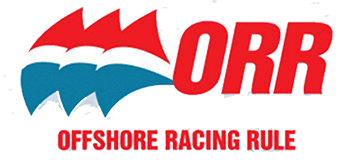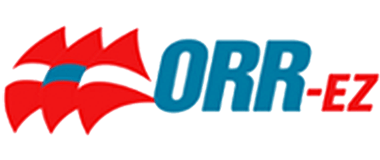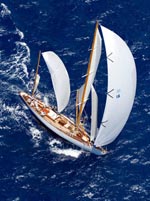 Honolulu, Hawaii – July 22, 2013 – With about one fourth the fleet still making their final approaches into the finish in today’s light winds, the windows of opportunities have now been closed for anyone to challenge the top three overall finishers in the 2013 Transpac.
Honolulu, Hawaii – July 22, 2013 – With about one fourth the fleet still making their final approaches into the finish in today’s light winds, the windows of opportunities have now been closed for anyone to challenge the top three overall finishers in the 2013 Transpac.
On the strength of starting in perfect wind conditions, carrying these through the race, and with a comprehensive refit and well-developed performance program on a classic yacht, Matt Brooks’ 1929 Sparkman & Stephens-designed 52-foot wooden yawl Dorade has earned overall victory in this 47th edition of the race, organized by the Transpacific YC and held biennially since 1906. At Thursday evening's award ceremony, Dorade will win the impressive King Kalakaua Trophy as First Corrected Overall Yacht.
Along with her Division 7 and 8 rivals, Dorade started the 2225-mile race on Monday, July 8th at 1:00 PM Pacific Daylight Time and crossed the finished at Honolulu’s Diamond Head on Friday, July 20th at 3:23:18 Hawaii time, for an elapsed time of 12 days 5 hours 23 min 18 sec. Over the course, she turned in an average speed of 7.8 knots, 8.1% faster than her performance in 1936, and also hit a lifetime record speed of 15.9 knots.
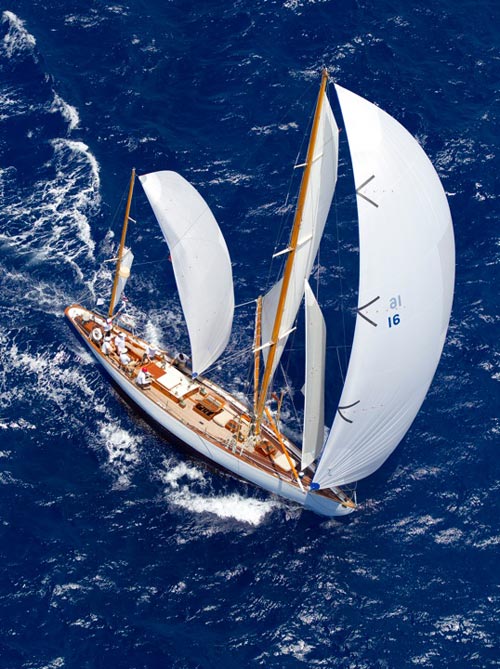
This is the second time Dorade has won: the first was in 1936. In the 1930’s Dorade amassed a racing record unmatched for her time, with victories in the Newport-Bermuda, Fastnet, and Transatlantic races, and it is unprecedented for a classic yacht of this era to also score so well in a mixed fleet of modern yachts.
“We thought if we could match Dorade's 1936 record of thirteen days that would be absolutely fantastic,” said Brooks. “We actually beat that record by more than a day. To do what we've done exceeded all our expectations.”
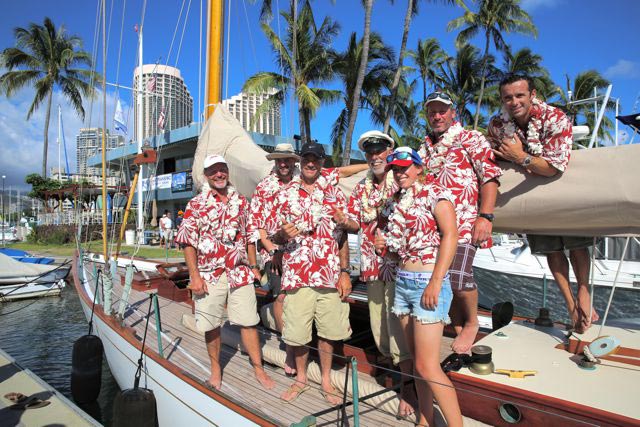
Brooks and his wife Pam Rorke Levy bought Dorade in 2010 and spent more than a year refitting it for ocean racing, with the goal of repeating the many races the boat won in the 1930s, a record of wins that stands unbeaten today. They entered the 83-year-old Dorade in the TransPac against the advice of many in the sailing community, who view the boat as an irreplaceable piece of maritime history. Sea trials and constant refinement of the boat's systems have been ongoing over the past three years.
“Really there were eight of us on this — seven crew members and the eighth was Dorade -- and she didn't disappoint us,” said Brooks. “She performed flawlessly and did everything we asked her to do.”
Brooks sailed with Navigator Matt Wachowicz, Tactician Kevin Miller, Watch Captain Ben Galloway, Eric Chowanski on the Bow, Hannah Jenner on the helm, and John Hayes as sail trimmer.
Using handicap ratings calculated in the ORR rating system on the Transpac wind matrix model, Dorade’s corrected time was 2 hours 30 min 26 sec ahead of the runner-up overall finisher, Roy Pat Disney’s Pyewacket. The Andrews 70 led from start to finish in a competitive Class 3 filled with ULDB Sleds designed and built as the first-to-finish Transpac yachts of the 1980’s and ‘90’s. Starting on Saturday, July 13th, all entries in this class immediately dove south on the track to Hawaii to avoid light air to the north, and with a veteran team with dozens of Transpacs behind them the Pyewacket team played the final day perfectly on final approach into the finish to preserve their lead.
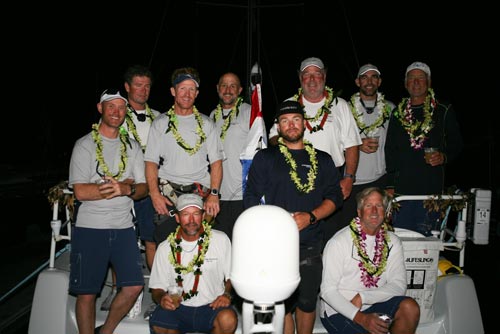
In third overall was Per Peterson’s Andrews 68 Alchemy, who challenged Pyewacket the hardest throughout their 8-day race to Hawaii, and almost broke into the lead a few times. An early commitment to the favored southerly track and this competitive pressure on both teams helped them both score well in the overall standings.
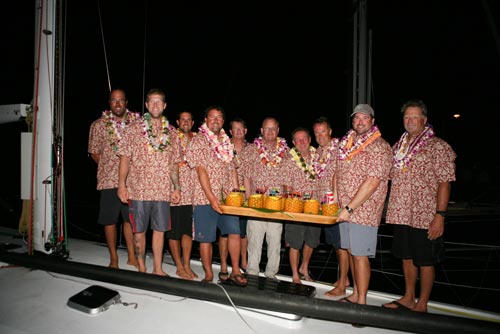
“We are ecstatic that this race fits in the long history and tradition of the Transpac where the best-sailed yachts are rewarded, new and old alike,” said Dave Cort, Commodore of the Transpacific YC. “We look forward to our trophy ceremonies on Thursday evening to celebrate these great traditions and honor the achievements of our winners and all participants in this great race.”
Meanwhile the race is still on for the last of the Division 7 & 8 boats who started on Monday, July 8, with all expected before dawn, including the smallest boat in the fleet, Edward Sanford's J/105 Creative. There are several Division 4, 5 and 6 boats on the course as well, including John Higham's 1D35 Kahuna, who is moving well at over 8 knots, but at over 400 miles away is still the furthest from the finish of boats remaining in the race.
Yellowbrick trackers are reporting positions, speeds and headings on 6 hour delays for the rest of the fleet, which then revert to being available live as they approach within 100 miles of the finish. Online spectators can follow the racer’s progress using this system: click here to view.
And click here to see the current standings reports, and as finish times are recorded, visit www.yachtscoring.com/event_results_detail.cfm?Race_Number=1&eID=728 for latest results.
A daily video analysis on the progress of the race will be provided by race veteran and Seahorse Magazine USA editor Dobbs Davis, with guests on his show such as former Transpac winner and legendary Sled designer/builder Bill Lee. Online access to the shows are also on the race website.
Photos, videos, and other resources are also available in the Media section of www.transpacyc.com, and Facebook and Twitter will provide ongoing news, photos, videos and commentary about the activities and people involved with the 2013 Transpac.
For more information about the race, contact [email protected] or visit www.transpacyc.com.
About the Transpac: Organized by the Transpacific Yacht Club, the Transpac is a 2225-mile race from Point Fermin in Los Angeles to Diamond Head, just east of Honolulu, a distance of 2225-miles. With its first running in 1906, this is among the world’s great ocean races, and biennially attracts the world’s most talented offshore sailors and offshore sailing adventurers. For more history and information, visit www.transpacyc.com.
